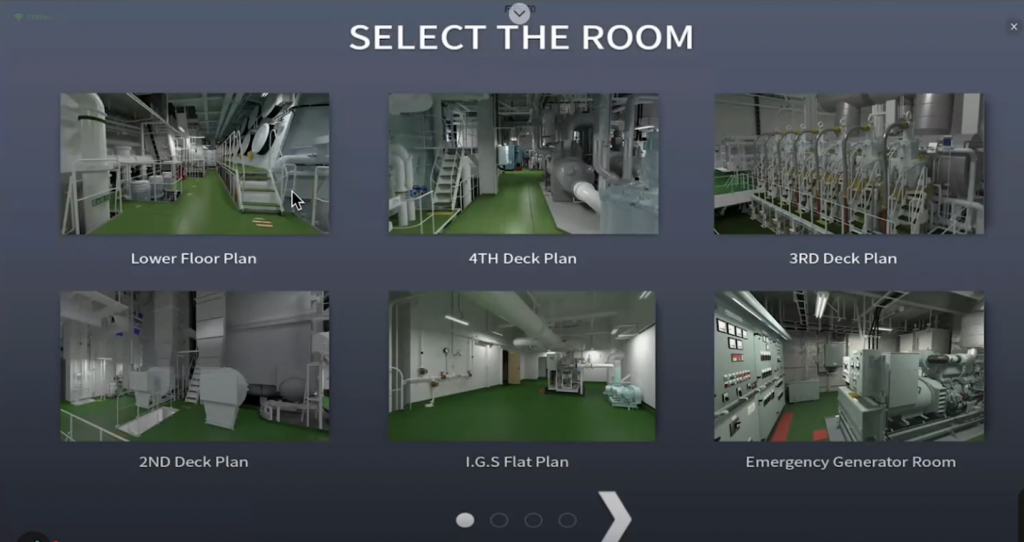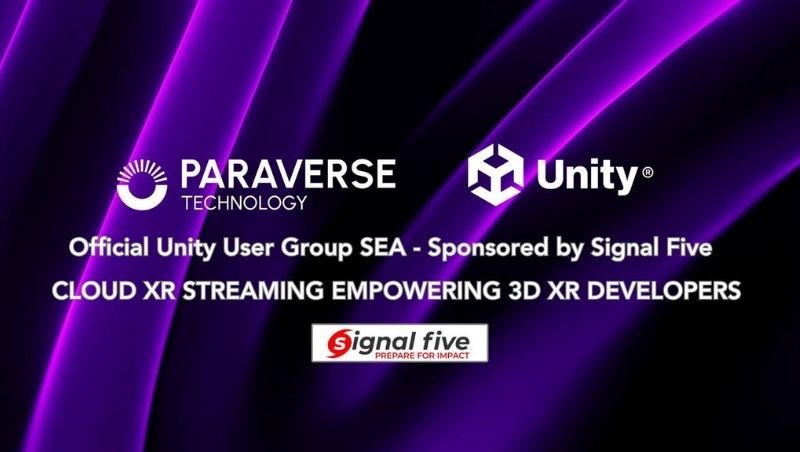
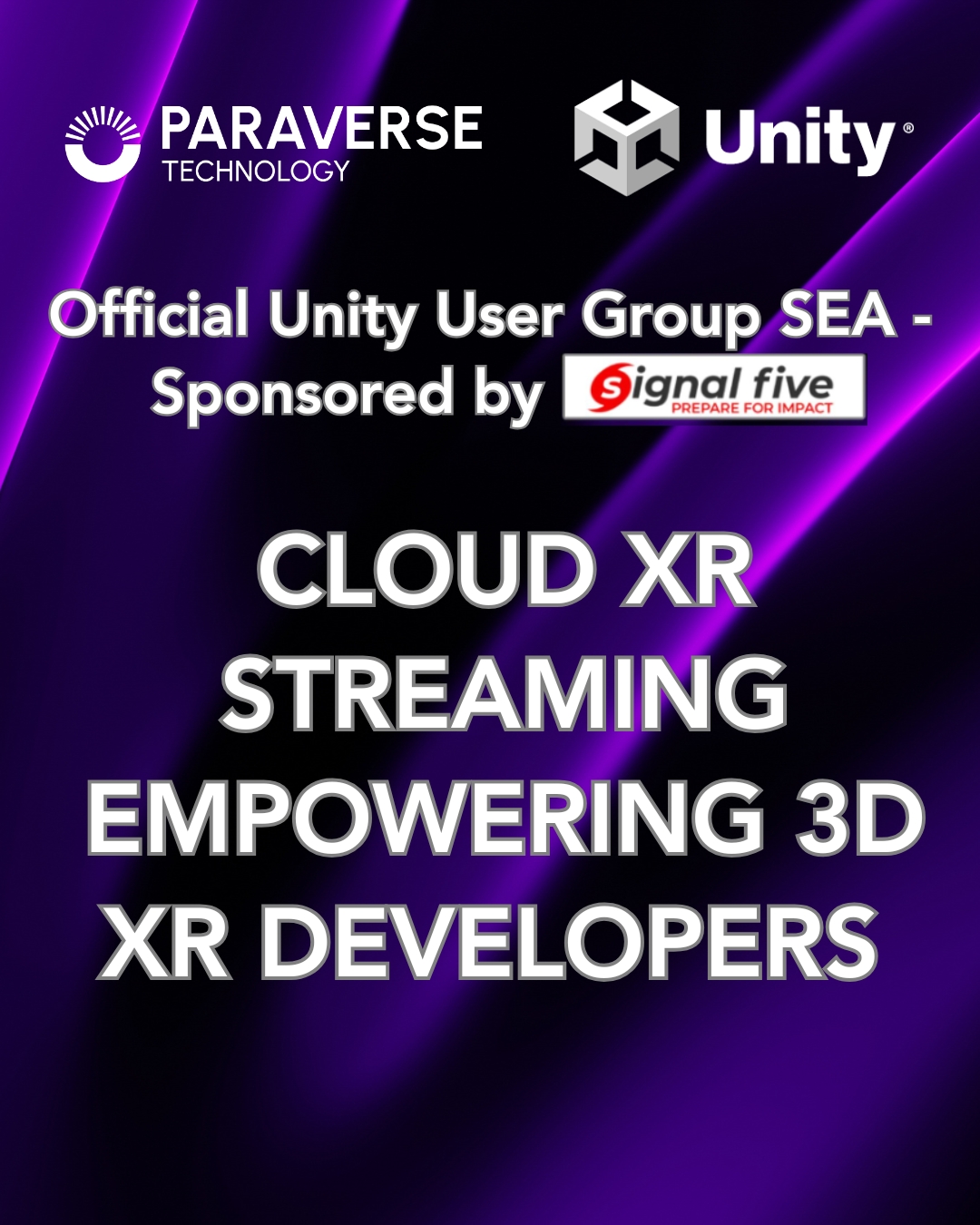
Event Overview
The Unity User Group (SEA) Virtual Meet on September 24, 2025, featured Dennis Chung, Global BD Lead at Paraverse, who delivered an insightful presentation on LarkXR’s Cloud XR Streaming technology. The event, sponsored by Signal Five, attracted Unity developers interested in solutions for delivering high-fidelity 3D experiences across devices without platform limitations.
Event Highlights
Dennis demonstrated how LarkXR enables streaming high-fidelity 3D content to any device with a browser, emphasizing its non-application invasive approach compared to other solutions like Furioos. He highlighted LarkXR’s key advantages: no platform lock-in, simplified streaming setup, and comprehensive backend support for compute resource allocation and network optimization.
The meetup featured two impressive technical demonstrations:
- Photorealistic Training Simulation – Showcasing how complex, high-fidelity training environments can be delivered to any device without compromising visual quality

- Volumetric Video Capture – Demonstrating master view control and viewer-only experiences, illustrating different permission levels within streaming sessions
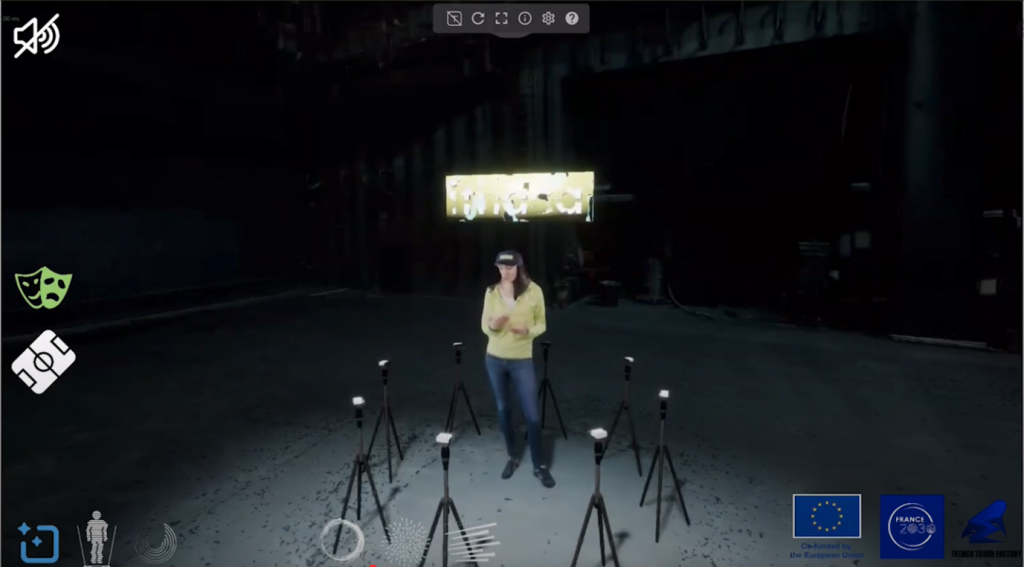
Attendees were particularly impressed by LarkXR’s ability to maintain performance even under fluctuating network conditions and its straightforward implementation process that requires minimal changes to existing Unity projects.
During the event, Dennis fielded numerous questions from attendees eager to learn more about LarkXR’s capabilities. Below, we’ve compiled a Q&A from this interactive session, capturing key questions from attendees and Dennis’s – responses. Whether you’re a Unity developer, a tech enthusiast, or curious about the next-gen web, this Q&A offers a glimpse into how LarkXR is shaping interactive experiences.
Q & A Session — Don’t miss out!
What is Lark XR, and what problem does it solve?
Q: Can you give a quick overview of what problem Lark XR solves and its key benefits?
A: Lark XR is a platform that simplifies streaming high-fidelity XR 3D content, like games, simulations, and digital twins, to any device with a browser. It eliminates the need for developers to build complex streaming solutions from scratch, saving time and effort. Key benefits include:
•No platform lock-in: Developers maintain control without being tied to restrictive platforms.
•Ease of use: Integration is straightforward, with a graphical interface that makes streaming accessible, even for those not deeply familiar with render streaming.
•Free trial options: You can try Lark XR for free for one month using your own machine, leverage NAT for setups without a static public IP, or have Lark XR host your executable for seven days in Hong Kong.
This makes it easier for developers to deliver interactive 3D experiences without worrying about constant engine updates or compatibility issues. To explore more about LarkXR’s capabilities, please visit https://paraverse.cc/larkxr
How beginner-friendly is Lark XR?
Q: Is Lark XR beginner-friendly, and what’s the learning curve like for someone just starting out?
A: Lark XR is designed to be accessible for both beginners and professional Unity developers. The learning curve is relatively steep, meaning you can quickly get comfortable with its features.
Simply register at https://console.paraverse.cc/#/activity/licenseCode, sign up for a free one-month license, and follow the quick-start guide to install the LarkXR server app on your GPU-enabled PC or server.

Alternatively, Lark XR can host your executable for 14 days for free, making it easy to get started without complex setup. You can register at https://paraverse.cc/try-it-distribute-your-3d-application-via-url/
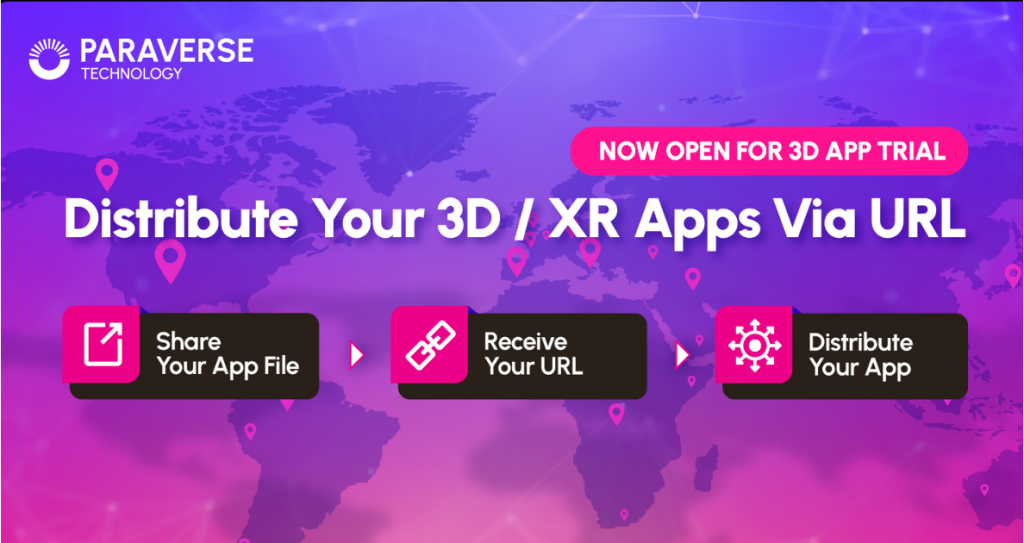
How does Lark XR handle compatibility with Unity and other platforms?
Q: Are there significant challenges when Unity or other platforms update, and how does Lark XR address compatibility?
A: LarkXR offers exceptional cross-platform compatibility, supporting Windows, Linux, macOS, Android, and iOS while seamlessly integrating with major development engines like Unreal Engine and Unity. This broad compatibility extends to diverse hardware including VR/AR headsets, smartphones, PCs, and holographic displays.
What makes LarkXR particularly powerful is its non-invasive architecture, which requires zero code modification for cloud deployment. The platform’s unified approach consolidates development workflows across different XR applications, while its adaptive rendering technology automatically optimizes content based on the device’s capabilities.
LarkXR’s comprehensive SDK offerings (Web, Android, Unity, Windows, iOS) and flexible API system allow developers to quickly implement and customize solutions regardless of their preferred development environment, ensuring consistent experiences across the full spectrum of devices without getting caught in platform-specific update cycles.
Can Lark XR stream to mobile devices?
Q: Is it possible to use Lark XR on mobile devices?
A: Yes, you can access LarkXR streams on mobile devices via a browser by simply clicking a hyperlink, as demonstrated with LNG ship training simulations. LarkXR’s proprietary Hermes streaming technology enables high-fidelity XR experiences (up to 8K resolution at 60-120 FPS) on standard smartphones and tablets.
The system uses cloud-based rendering, where all intensive processing happens on powerful remote servers rather than on the device itself. However, hosting an app with LarkXR directly on a mobile device isn’t supported—the focus is on streaming from powerful servers to mobile browsers, ensuring premium visual quality without requiring high-end hardware on the user’s end.
This zero-code deployment approach allows developers to make complex Unity applications instantly accessible on mobile devices without modifications, effectively removing the hardware constraints that typically limit mobile XR experiences.
What types of applications does Lark XR support?
Q: Does Lark XR support games, and what other applications can it stream?
A: Lark XR supports a wide range of 3D interactive applications, including games, metaverse experiences, digital twins, building information modeling (BIM), and interactive exhibitions. Essentially, any 3D application that can be packaged as an executable can be streamed using Lark XR. For example, a customer developed a flight simulator for secondary school students, streaming high-end graphics from a central server with GPUs to endpoint simulators without requiring powerful hardware locally. This flexibility makes Lark XR ideal for diverse industries, from education to real estate.
Who is using Lark XR in the real world?
Q: Can you share examples of companies or industries using Lark XR?
A: Lark XR is used globally across various sectors. Notable examples include:
•Real Estate: PropVR integrates LarkXR’s high-fidelity streaming to enhance its real estate solutions and digital twin city projects, improving visualization performance for urban planning and property development.
•Automotive: BMW has partnered with Paraverse since 2022 to build an advanced digital twin factory using LarkXR’s 3D XR cloud streaming. Applications include virtual design and testing of car models, production monitoring, employee training, and immersive marketing experiences.
•Education: Tsinghua University utilizes LarkXR for its Virtual Simulation Laboratory Teaching Cloud Platform, supporting large-scale virtual classrooms, interactive 3D educational content, and immersive training simulations for fields including medical education.
•Entertainment: The Venice Film Festival featured French Touch Factory’s immersive volumetric video demonstration “ITHACA,” powered by Paraverse, streaming live from Hong Kong to Venice. French Touch Factory specializes in VR/AR and volumetric video content. The Venice Film Festival in Italy uses Lark XR for interactive and immersive exhibitions.
These use cases highlight Lark XR’s ability to deliver high-quality 3D experiences to diverse clientele worldwide.
How does Lark XR enhance streaming stability?
Q: How does Lark XR ensure a stable streaming experience, especially with VR or fluctuating bandwidth?
A: LarkXR utilizes dual-patented network optimization technology to maintain stream stability, even with narrow or fluctuating bandwidth. This ensures a reliable experience for VR streaming and other high-fidelity applications. By optimizing data transfer, LarkXR delivers low-latency performance, making it suitable for real-time interactive content like virtual reality and real estate walkthroughs. For detailed performance metrics under extreme network conditions, you can read more at https://paraverse.cc/cloud-vr-performance-test-extreme-network-challenges/.
How can developers get started with Lark XR?
Q: What’s the easiest way for developers to try Lark XR?
A: Getting started is simple:
– Sign Up for a Free Trial: Scan the QR code provided at the event or visit Lark XR’s website (https://console.paraverse.cc/#/activity/licenseCode) to get a one-month free license.
– Install the LarkXR Server App: Set it up on your GPU-enabled PC or server using the quick-start guide.
– Use Hosted Services: If you don’t want to host locally, send your executable to Lark XR, and they’ll host it for 14 days for free on their Hong Kong-based streaming service.
– Leverage NAT: For setups without a static public IP, Lark XR’s NAT service (https://console.paraverse.cc/#/natTrial) makes streaming straightforward.
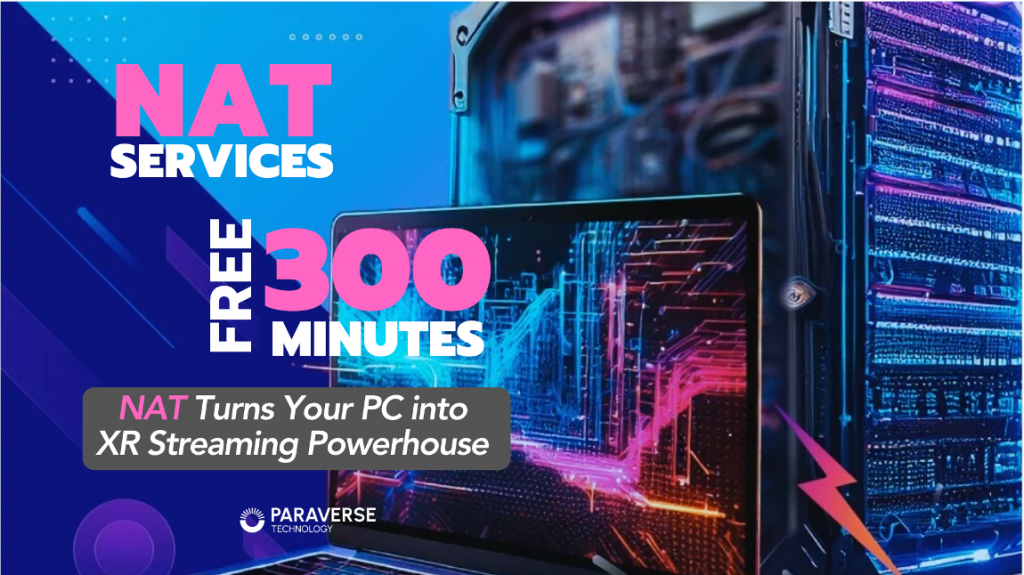
These options make it easy for developers to test Lark XR without upfront costs or complex infrastructure.
Wrapping Up: The Future of 3D Streaming with Lark XR
The Q&A session with Dennis from Lark XR highlighted the platform’s potential to transform how developers deliver 3D content. By simplifying streaming, ensuring compatibility, and supporting a wide range of applications, Lark XR is paving the way for the 3D internet. Whether you’re building games, simulations, or real estate visualizations, Lark XR offers a user-friendly, scalable solution to bring your creations to any device.
Interested in trying Lark XR? Visit Paraverse website (www.paraverse.cc/) for a free trial or connect with the Official Unity User Group SEA – sponsored by Signal Five (https://signalfive.co/) for more events like this. Stay tuned for future discussions on Unity 6 optimization, AI integration, and the evolving 3D internet!

